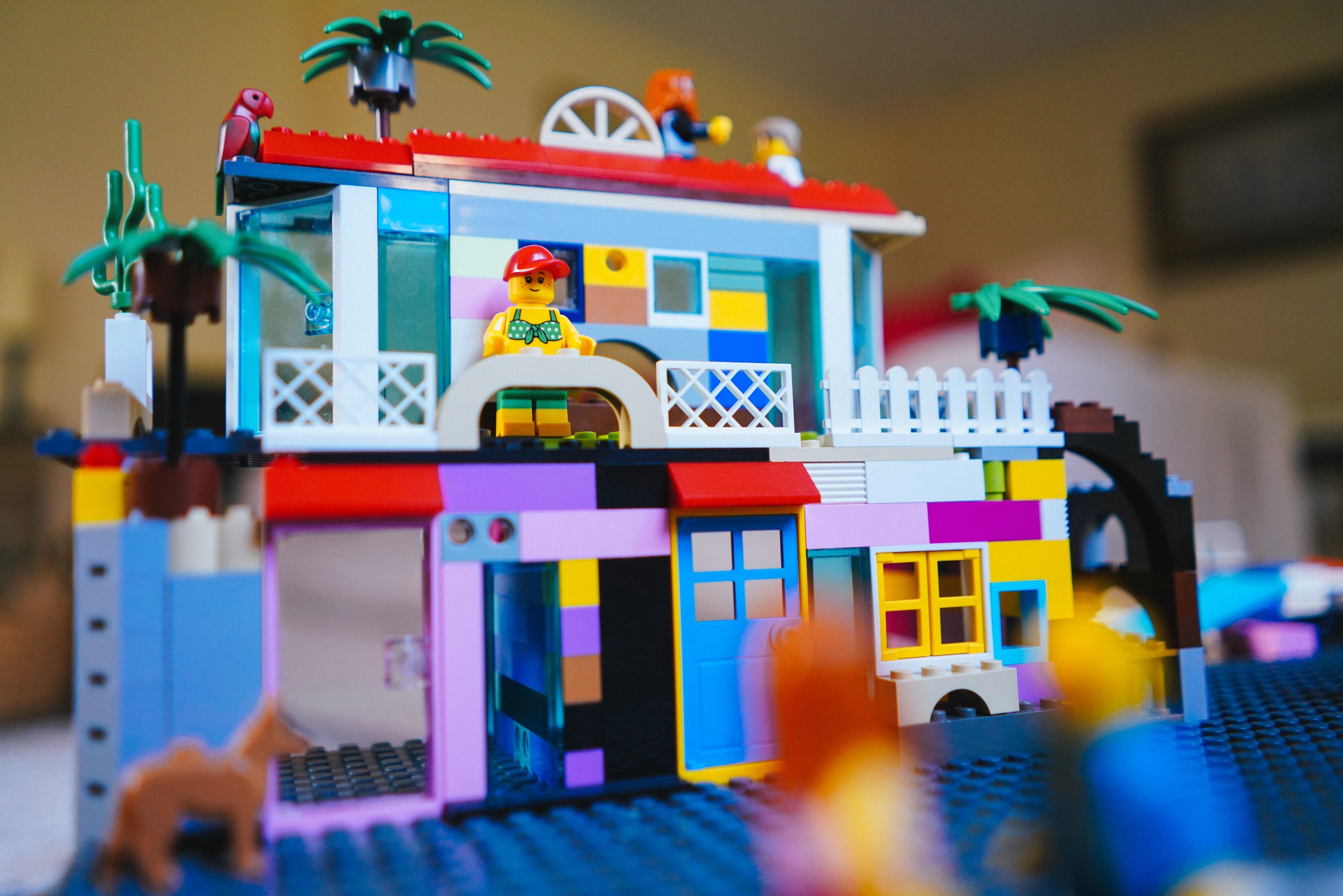Polypropylene walls resist mold and mildew
In our article “Wall covering products that resist mold and mildew” we discussed drywall alternatives like Trusscore and Duramax PVC Wall Panels. Both are made of PVC, polyvinyl chloride. Although the manufacturers of TrussCore and Duramax address offgassing and toxicity of their PVC, in general, the Environmental Working Group (EWG.org) recommends polypropylene over PVC for water piping, “…although many brands are not widely available. This type of plastic may leach fewer chemicals and produce less odor. It's recyclable, and can be used for hot and cold water.”
There is another drywall alternative that uses polypropylene, called Vitewall. Sold in 4’x8’ sheets like drywall, Vitewall has one more advantage over its PVC competitors. It has two radiant barriers bonded to it. These also make Vitewall a form of insulation, causing it to reject radiant heat. According to the manufacturer, it can save up to 30% electricity in hot or cold climates.
Vitewall is not always substitutable for drywall. Polypropylene,, like PVC, melts in a fire, so it is not fire-rated. Fire-rated drywall will slow down the passage of fire, but not stop it. (Basics of Fire-Rated Type X or C Drywall) When considering where Vitewall is allowed to be installed, you must know where the firewalls in your home are; typically these are all walls and ceilings between the garage and inside living spaces, walls and ceilings in attached housing, any walls on zero lot lines (where the structure comes up to or very close to the property line), all walls and ceilings under stairs, and walls and ceilings inside furnace and water heater closets. (Where Do You Need Fire Code Drywall?) These are not suitable places for Vitewall, but in the average home, these walls make up very little of the home, so there is a lot of room for Vitewall.
The pros of this product:
Moisture resistance
More durable than drywall (drywall can get crushed easily before or after installation)
Lighter than drywall
Goes up faster than drywall (finished faster)
Savings on heating/cooling due to radiant barriers
Polypropylene is preferred to PVC for human proximity
Less dust in cutting, finishing it
Could be removed and reinstalled if necessary
Where can it be used?
Basements (due to moisture and ability to hold heat in)
Finished upper stories and attics (due to ability to reflect radiant heat)
Pool and sauna areas
RVs and campers
Greenhouses/growing areas
First floors that are in flood-prone areas (such as beach, lake, river fronts)
In industry: dairy barns, creameries, etc. It can be pressure washed.
The cons of this product:
Vitewall is made of polypropylene, which like PVC, melts in fire. However, the radiant barrier is likely fire-resistant (not fully tested yet).
The product is more expensive than drywall (BUT once labor costs are factored in, may be comparable to drywall.)
There is a slight texture finish to the radiant barrier, which may not be desirable.
There is silica in the “Magic Powder” used to disguise the seam tape.
Flex Glue is used to cover the screw holes. This glue has unknown ingredients and has a warning about contact dermatitis. It is disclosed that it contains amide wax, which is generally safe.
Photo by Phil Hearing on Unsplash

